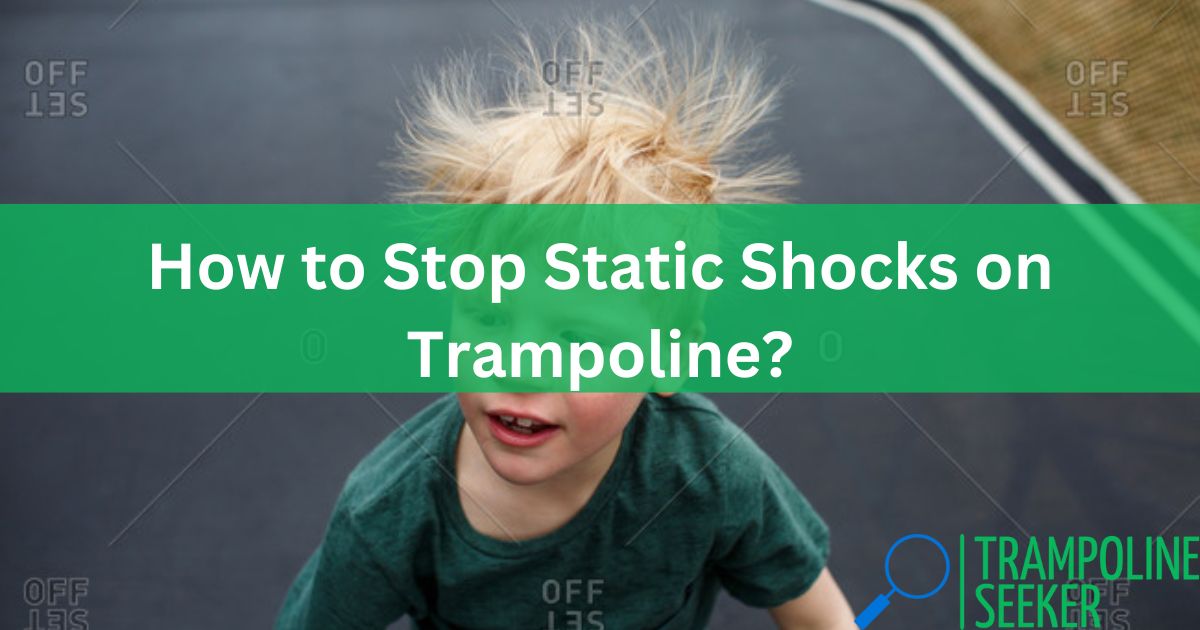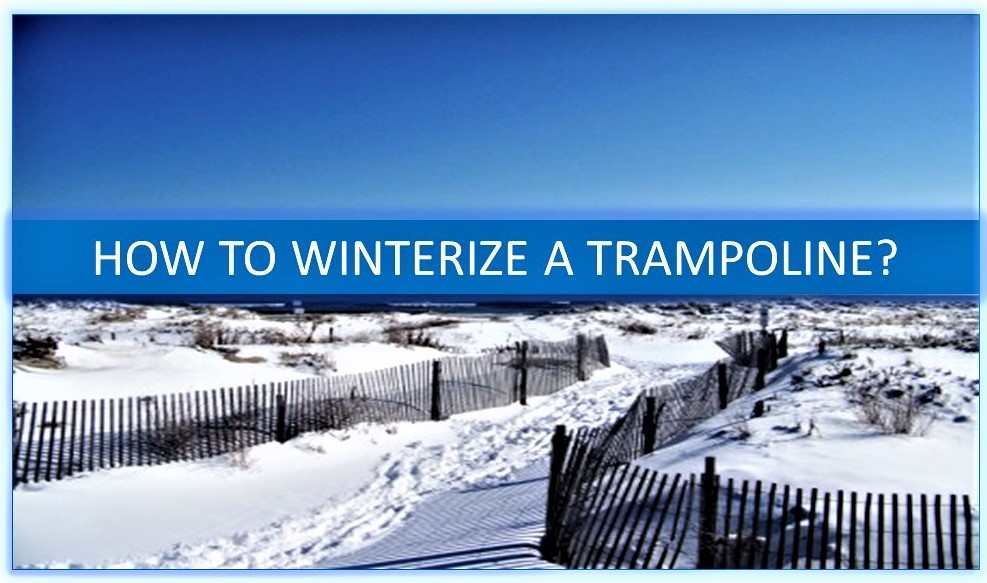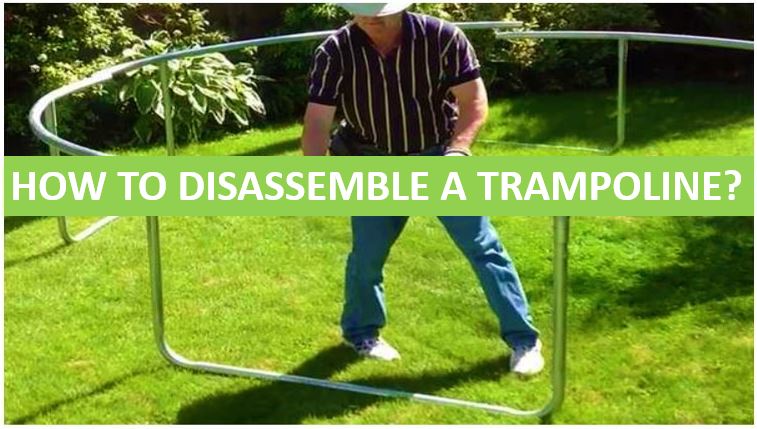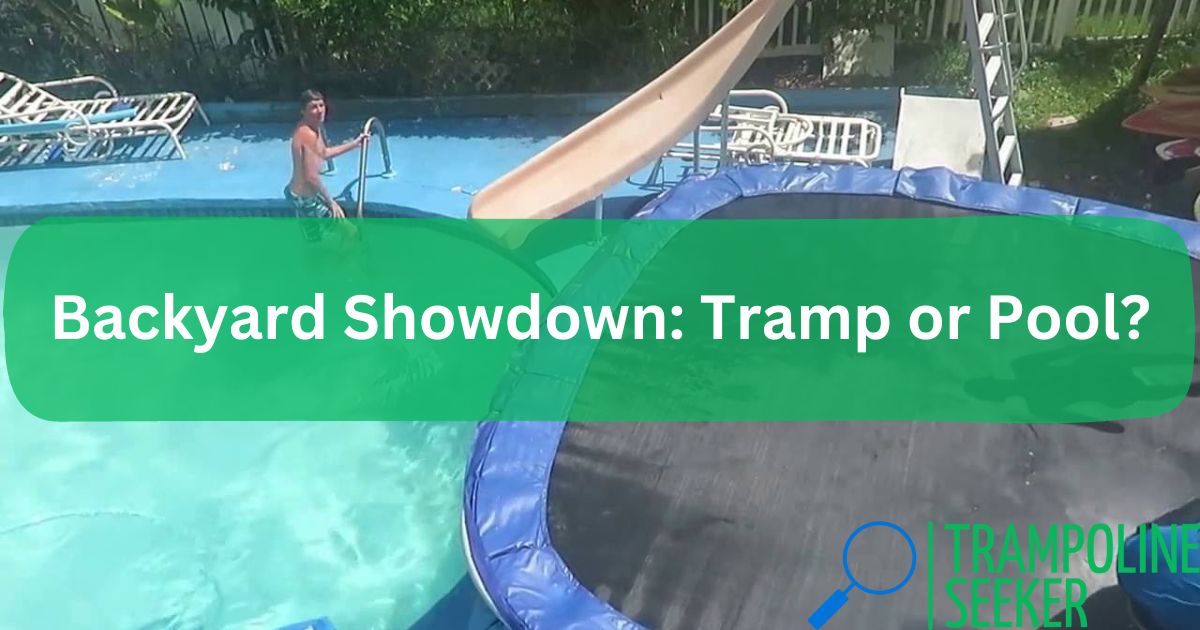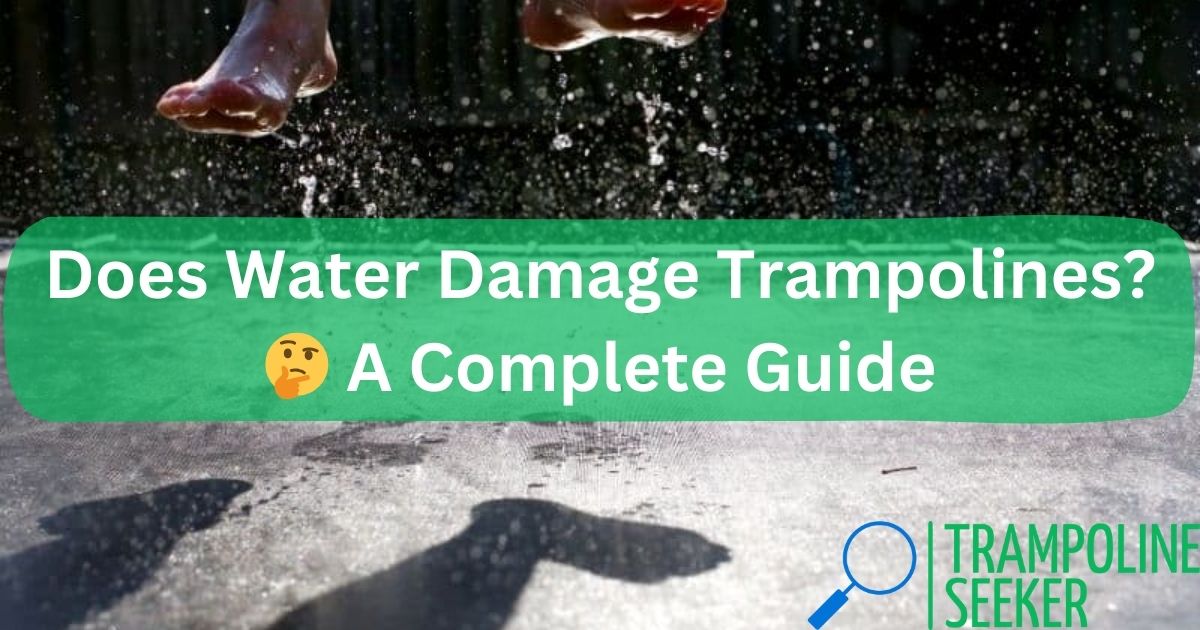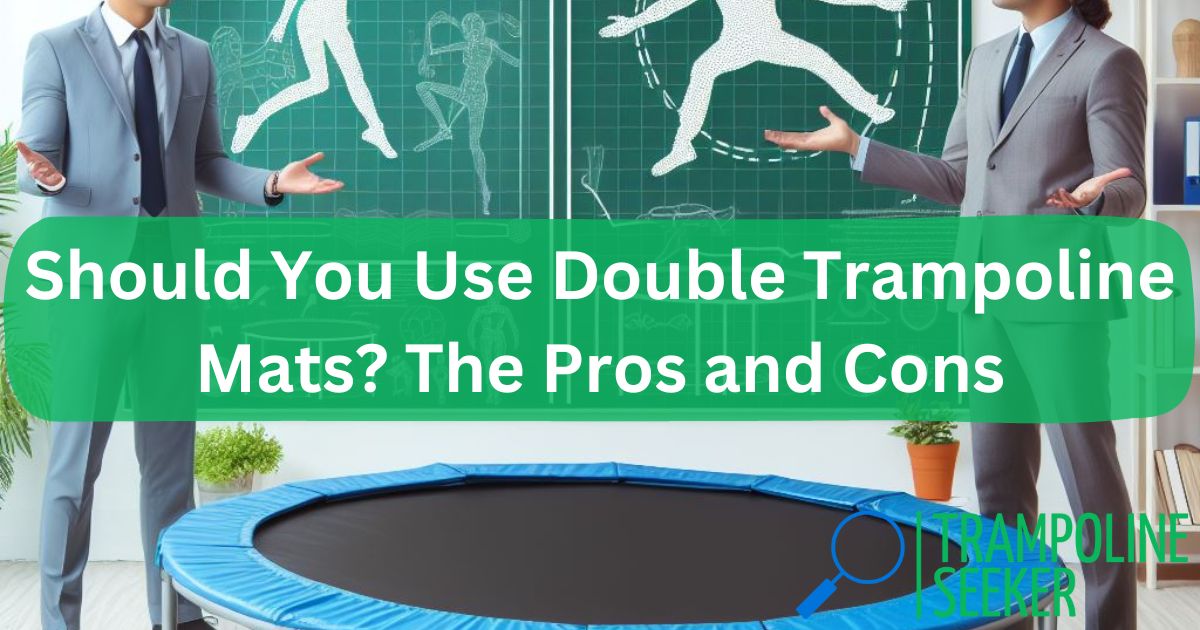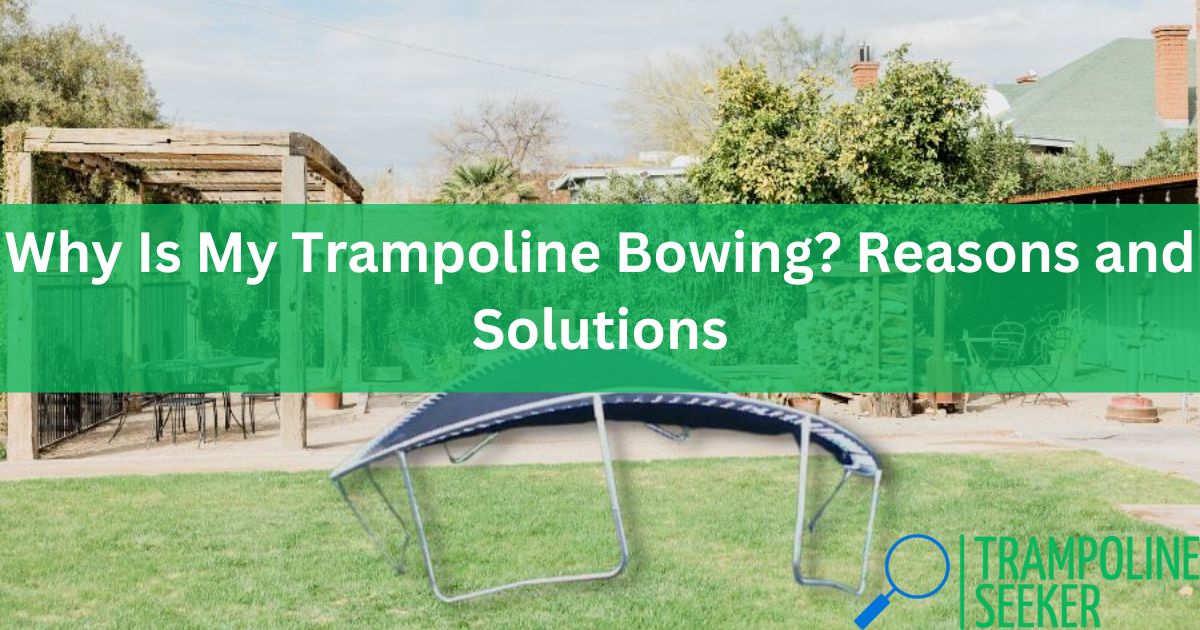If you’re considering getting a trampoline for your backyard, one of the most important safety decisions you’ll make is choosing the right anchor system. Anchoring your trampoline properly is crucial to keeping it secure, preventing it from blowing away in high winds, and protecting jumpers from injury.
In this article, I’m going to walk you through the key factors in selecting the ideal anchors for your trampoline and situation and also recommend top 9 different types of anchors.
What Are Trampoline Anchors and Why Do You Need Them?
Trampoline anchors are systems designed to firmly secure the legs of the trampoline frame to the ground. They keep the trampoline from shifting, blowing away, or tipping over in windy conditions or during active jumping. Anchors add an important level of safety and stability to a trampoline setup.
Without anchors to hold it in place, even a gentle breeze can send a trampoline drifting across the yard. This can damage both the trampoline and any objects, plants, or people in its path. In higher winds, unanchored trampolines are at risk of being lifted up, flipped over, and seriously damaged.
Additionally, anchors help minimize the bouncing and shifting of the trampoline bed during jumping sessions. This gives jumpers more control and stability for safer bouncing.
So in short: anchors are a vital trampoline safety component that keep your trampoline secure in the desired location and prevent weather-related damage or injuries.
Main Types of Trampoline Anchors
There are three main types of anchors used for residential trampolines:
1. Stakes
Stakes are metal rods that are hammered or screwed into the ground. They are attached to the trampoline legs via ropes, straps, or cables. Stakes are a simple and budget-friendly anchoring solution.
However, they are less secure in very windy conditions or certain soil types. Stakes also lack adjustability if you need to reposition the trampoline later on.
2. Sandbags/Concrete Weights
Filled sandbags or concrete weights placed on the trampoline legs offer anchor strength through sheer mass. These anchors resist movement through friction and gravity.
The downside is that the weights take up space on and around the trampoline. They can also be difficult to move if you need to relocate the trampoline.
3. Anchor Kits
Anchor kits take a more high-tech approach, combining stakes and straps with turnbuckles or resistant cords. The systems include installation tools and specially designed, durable components.
Kits offer the advantage of robust adjustable anchoring. But they come at a higher price point than basic stakes or weights.
Now let’s look at the key factors to weigh when deciding which type of anchor is the right match for your trampoline…
Choosing the Best Trampoline Anchors: Key Considerations
Wind Conditions
Give careful consideration to the typical wind speeds and gust intensities in your area. Trampoline safety standards recommend anchoring whenever wind speeds exceed 30 mph.
- For mild breezes, basic stakes or weights may suffice.
- In windy locales, invest in sturdy anchor kits rated to withstand intense gusts.
You’ll sleep better at night knowing your anchors are up to the conditions that your area faces!
Ground/Surface Type
The composition of the surface beneath your trampoline also determines which anchors will work.
- Stakes perform best in softer soils and grass.
- Sandbags/weights are great for hard ground like asphalt.
- Anchor kits work in nearly any surface type.
Assess whether your planned trampoline location has grass, soil, concrete, etc. This will guide the selection process.
Trampoline Size and Weight
The larger and heavier your trampoline is, the stronger the anchors need to be to restrain it effectively.
Consult manufacturer guidelines for recommended anchor strength capacities based on trampoline dimensions and weight. Exceeding anchor weight tolerances can allow the trampoline to overpower the anchors in wind or bouncing.
Permanence Needs
Consider whether you need to be able to periodically relocate the trampoline.
Stakes and weights make moving the trampoline trickier than detachable anchor kit hardware. If adjusting trampoline positioning is important to you, anchor kits offer that flexibility.
9 Top Quality Anchors
1. Cajun Tie Downs Trampoline Anchor

The Cajun Tie Downs corkscrew anchor provides a heavy-duty trampoline stabilization option. With its spiral design and dedicated tie loop, it digs firmly into soil for reliable wind resistance. Installation is straightforward without tools. While pricier than basic stakes, the sturdy steel construction and included straps make this anchor kit a worthwhile investment for secure trampoline anchoring.
2. Gray Bunny Earth Auger

Offering industrial-grade holding strength, the Gray Bunny Earth Auger makes anchoring trampolines in intense winds possible. The unique corkscrew fin provides unmatched ground penetration when paired with the included torque bar. Be ready for laborious installation, but the result is anchorage able to withstand severe storm forces. For high wind-risk regions, the Auger is a robust trampoline stabilizer.
3. Skywalker Trampolines Wind Stake

As a basic budget-friendly anchor option, the Skywalker Wind Stake offers universal trampoline compatibility and quicker installation than spiral alternatives. The 13-inch steel spike is long enough for stable ground penetration in softer soils. While fine for moderate winds, the straight stake design limits sturdiness compared to corkscrew anchors. Overall, it’s an affordable temporary trampoline stabilization choice.
4. Liberty Outdoor 10-Inch Anchor

Liberty Outdoor’s premium screw-in anchor provides industrial-level holding strength for maximum trampoline stability. The 10-inch corkscrew steel pierces deep into soil, reinforced by a 275-pound pull tolerance. Helpful extras like a fold-down ring and high visibility paint justify the premium single-unit price. Overall, it’s a heavy-duty anchor for locales facing intense wind conditions.
5. N1fit Trampoline Stake

N1fit’s rugged corkscrew trampoline stake uses its one-foot spike design to burrow through soil for dependable anchoring traction. The tradeoff for its reinforced stability is trickier manual installation compared to basic straight stakes. While bundled strap quality is lackluster, the stake itself delivers reliable anchoring, making it a good choice for very windy trampoline placement.
6. Feed Garden Galvanized Rebar

For a basic no-frills trampoline anchoring option, Feed Garden’s Galvanized Rebar Stakes offer durable performance at a budget-friendly multi-pack price. The steel spikes resist rust while penetrating ground to stabilize trampolines. At just 12-inches long they lack high wind reliability, but their heavyweight construction rivals consumer-grade trampoline anchors for occasional mild gust stabilization.
7. Mastercanopy Water Bag

Mastercanopy puts a unique spin on anchor weights using water foreasy, affordable trampoline stabilization. Fill up the durable bags and position them on trampoline legs for immediate anchoring against mild winds. Built-in handles simplify repositioning, and collapsible design enables compact storage. While not strong enough for intense storms, they make a convenient temporary anchor solution.
8. GardenNature Wind Stakes 6 Pack

GardenNature’s galvanized steel wind stakes use wide-body construction and heavyweight materials to maximize ground stability for anchored trampolines. The bundle includes 6 sturdy spikes to arrange across all trampoline legs. While the 8-inch length limits reliability in extreme gusts, their penetrating steel nib design works well in most soils. Backed by a lifetime warranty, they’re a value-packed anchor starter kit.
9. Eurmax Canopy Weight

For a budget-priced trampoline anchor option, Eurmax’s Canopy Weights offer an easy stabilizer using sheer mass. Weighing in at just 28 pounds each, performance is limited compared to more rugged anchors. But the built-in handle and universal straps make positioning the vinyl weights on trampoline legs a breeze. While not all-weather capable, they work nicely for occasional light wind resistance.
Properly Installing Trampoline Anchors
Once you select the ideal anchors for your trampoline and location, proper installation is key! Here is a brief overview:
Stakes: Hammer or screw stakes fully into the ground, angled slightly toward the trampoline. Attach strap connections to the frame. Confirm stakes are stable and trampoline is secure.
Weights: Position weights centered on each trampoline leg. Test balance and stability before use. Occasionally check weights to make sure they haven’t shifted.
Kits: Follow manufacturer instructions carefully, securing turnbuckles and strap connections as directed. Confirm everything is tightened, stable and securely keeping the trampoline in place.
No matter which anchor type you use, re-check the connections periodically and re-secure whenever things look loose. This helps confirm long-term safety.
Using Anchors Safely: Key Tips
While anchors provide vital protection, there are also some key usage tips to ensure safety:
- Attach anchors BEFORE anyone uses the trampoline
- DETACH anchors if you need to move the trampoline, then re-attach in the new location
- DO NOT attempt to jump while anchors are detached – this poses extreme hazard
- Check anchor integrity before each trampoline use
- Re-tighten/re-secure components over time as needed
Follow usage best practices, and your anchors will provide tremendous peace of mind keeping your trampoline stable in all conditions!
Related Blogs:
Trampoline Anchor FAQs
Here are answers to some of the most frequently asked questions about trampoline anchors:
How many anchors do I need?
It is recommended to anchor all 4 legs of the trampoline frame. This provides balanced stability from all sides.
When should I use anchors?
Trampoline anchors should be used whenever wind speeds in your area exceed 30 mph. They are also a smart idea year-round for added stability and safety.
Can I anchor my trampoline to my deck?
Yes, it is possible anchor a trampoline to a deck by utilizing eye hooks attachment points along the deck frame. Just ensure the deck structure can handle the wind resistance load.
Do I need special skills or tools to install anchors?
Basic anchors like stakes, weights and easy turnbuckle-based kits can be installed by most DIYers without special skills. But for more complex installs, seeking professional help is wise.
Will anchors prevent all trampoline accidents or damage?
Unfortunately anchors cannot provide an absolute guarantee against trampoline hazards. But they are proven to dramatically reduce the risks – so are strongly recommended as a best safety practice.
The Bottom Line
Installing proper anchors matched to your specific trampoline setup and wind conditions is absolutely vital to safety. Take the time upfront to assess your needs and select the right stabilizing solution. With sturdy anchoring in place, you and your family can enjoy hours of bouncing fun!
Articles You May Like to Read:
Download this Article in Pdf Format:


